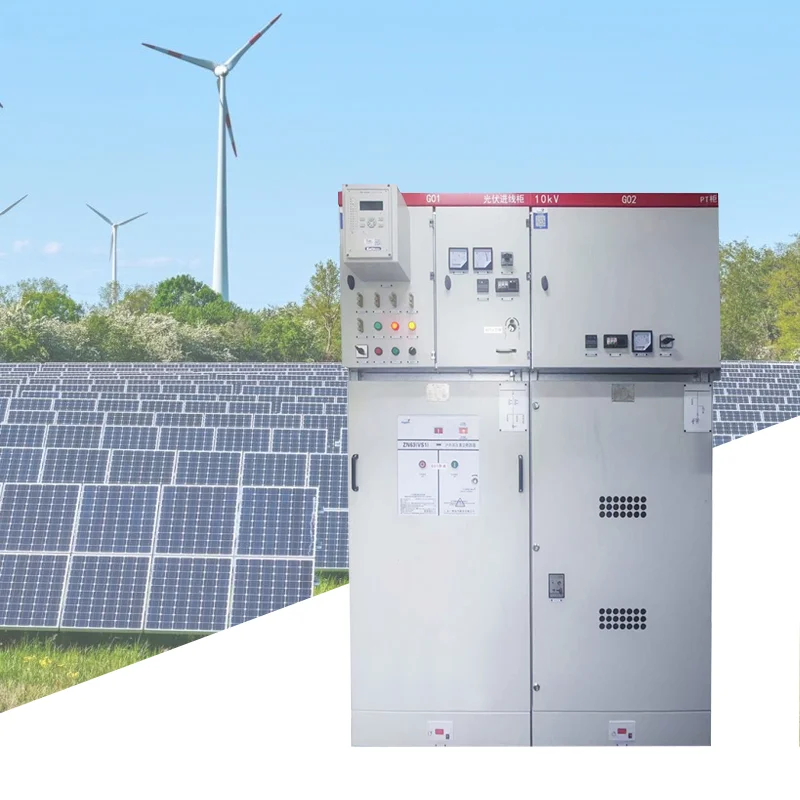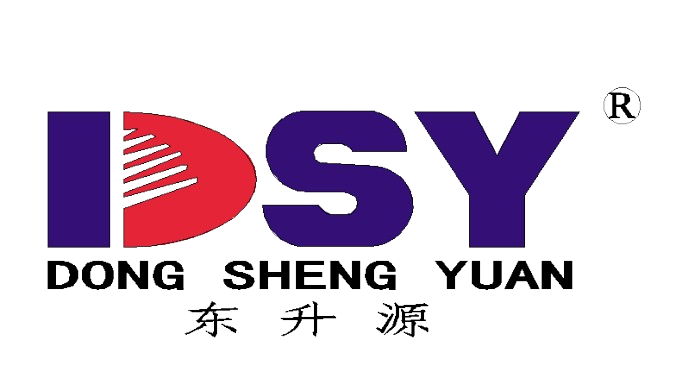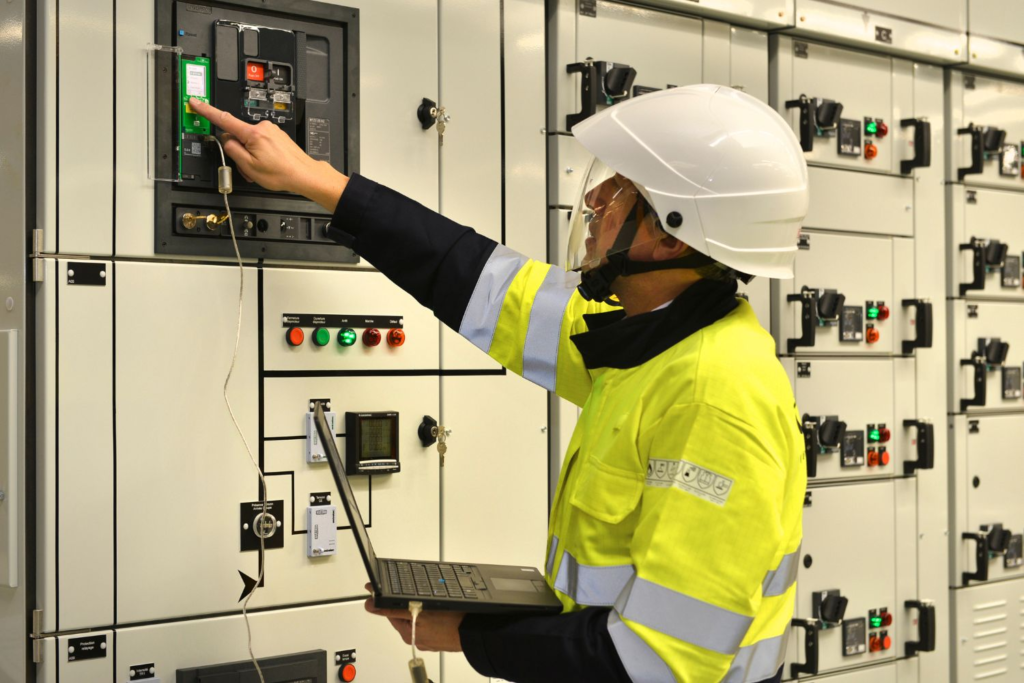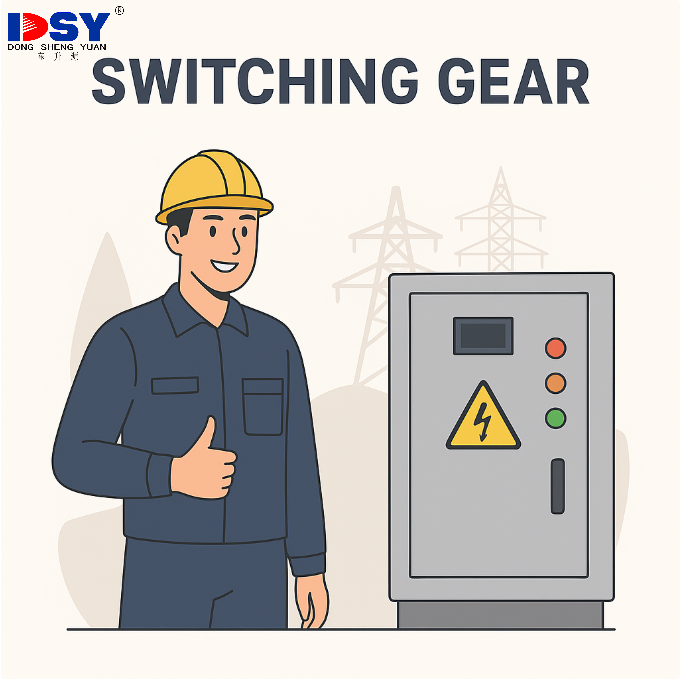Why Photovoltaic Grid Cabinets Are Critical for Solar Projects
As a procurement manager or industrial buyer, your biggest challenge in solar projects is not just negotiating price—it’s ensuring that the equipment you purchase passes compliance checks, integrates smoothly with the grid, and performs reliably in the field. Selecting the wrong photovoltaic (PV) grid cabinet risks inspection failures, costly downtime, and loss of ROI. The right choice, however, secures compliance, protects investments, and delivers long-term project reliability. Here’s what you need to know before you buy.
The Role of Photovoltaic Grid Cabinets in Solar Projects
PV grid cabinets are the connection point between solar arrays and the utility grid. For procurement teams, this means they are not optional—they are mission-critical to project approval, safe operation, and stable energy delivery. A poor-quality cabinet may lower upfront costs but can jeopardize compliance and lead to expensive retrofits later.

Key Reasons Why PV Grid Cabinets Are Critical
1. Compliance with International Standards
Procurement managers must confirm that cabinets meet IEC, UL, and ISO certifications. Non-compliant cabinets often fail FAT (Factory Acceptance Test) or third-party audits, forcing replacements and project delays. Choosing certified equipment ensures smoother approvals and protects your budget from hidden risks.

2. Safety and Protection Functions
Solar projects face risks like overloads, reverse currents, and arc-flash events. High-quality PV grid cabinets integrate circuit protection, surge suppression, and arc-flash prevention. During procurement, ask vendors what safety tests their cabinets undergo. The right choice minimizes downtime and protects both operators and assets.
3. Reliability and Grid Stability
Unstable cabinets can disrupt voltage and frequency, risking grid faults and investor confidence. Buyers should prioritize cabinets designed for continuous, stable operation under variable solar output. Selecting the right supplier here is a safeguard against future disputes and unexpected losses.
4. Scalability and Future-Proofing
Solar plants rarely stay static. If you purchase a cabinet sized only for current loads, you risk expensive upgrades later. Look for modular and scalable PV grid cabinets that support expansion. Procurement managers who plan for growth today secure higher ROI tomorrow.
5. Adaptability to Harsh Environments
Most solar projects operate in outdoor, high-dust, or high-humidity environments. Standard cabinets often fail prematurely under these conditions. Always check the IP rating, UV resistance, and corrosion protection. A correctly specified cabinet extends service life and reduces replacement costs.
Procurement Considerations for PV Grid Cabinets
- Supplier reliability: Verify certifications, references, and after-sales support before signing contracts.
- Lifecycle costs: Don’t just compare upfront pricing—factor in maintenance, serviceability, and spare part availability.
- Common mistakes: Avoid selecting based on price alone, ignoring compliance requirements, or underestimating future capacity.
Comparison: Standard Electrical Cabinets vs. PV-Specific Grid Cabinets
| Factor | Standard Cabinets | PV Grid Cabinets |
|---|---|---|
| Compliance | General IEC/UL | Solar-specific IEC/UL/ISO |
| Protection Features | Basic electrical protection | Overload, reverse current, arc-flash |
| Scalability | Limited | Modular, future-ready |
| Environmental Resistance | Indoor-rated | Outdoor/IP-rated, UV resistant |
| ROI Value | Lower upfront | Higher long-term reliability |
Conclusion
For solar projects, the choice of a PV grid cabinet is not just about hardware—it is about compliance, safety, and long-term profitability. Procurement managers who evaluate standards, protection features, scalability, and lifecycle costs avoid costly mistakes and secure lasting value. Choosing wisely means fewer risks, smoother approvals, and stronger returns.
Contact Us
Looking for certified photovoltaic grid cabinets engineered for solar projects? Contact our team today to request a quotation or technical datasheet.




